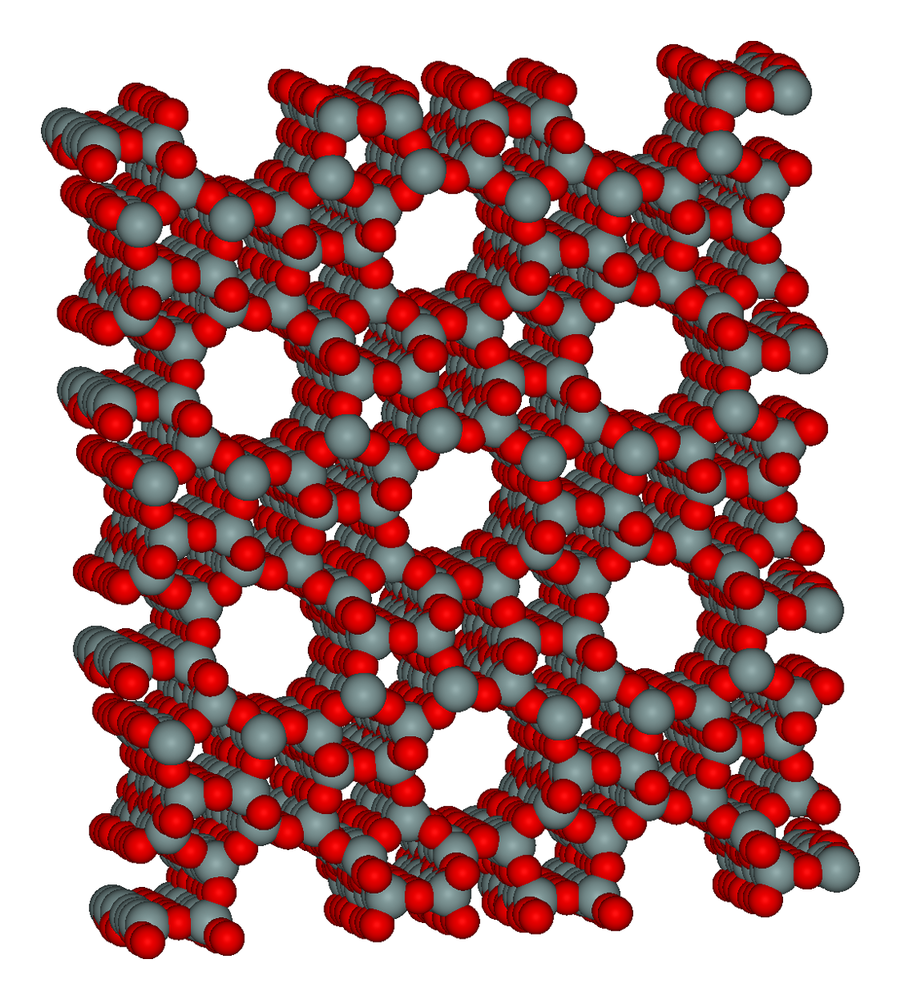Porous molecules, useful in a huge range of applications including separating chemicals and catalysing reactions, may be designed on demand thanks to a new method published in the journal Nature this week.
Molecules with well defined porosity and well understood activity, such as zeolites and metal-organic frameworks (MOFs), play important roles in many chemical processes. Touted as a safe solution to hydrogen storage due to their ability to adsorb enormous amounts of gas on their surfaces, they're also useful in water purification and as molecular traps. But their production often distributes functionality fairly randomly between the pores, placing an upper limit on their use.
 Professor Andrew Cooper, at the University of Liverpool, working with groups at University College London and Cambridge University, have developed a method for modelling nanoporous molecular frameworks with atomic precision, then producing them from modular components.
Professor Andrew Cooper, at the University of Liverpool, working with groups at University College London and Cambridge University, have developed a method for modelling nanoporous molecular frameworks with atomic precision, then producing them from modular components.
Cooper and colleagues use a "lock and key" assembly technique, mixing porous organic cage molecules and allowing them to self assemble. They can accurately model and predict how these molecular modules will mix, meaning specific functionality can be computer designed.
One of the advantages of this technique is that the molecules are soluble. This means that once the constituent pore modules are synthesised, researchers need only mix the modules in solution, allow them to self assemble, and then remove the solvent.
The researchers have put their method to the test, and produced four bespoke molecular cages, and confirmed their structure experimentally. This, they say:
"Opens the way for in silico prediction of structure and properties for new candidate porous materials based solely on two-dimensional chemical sketches, thus allowing 'design by computational selection'."









Comments
Add a comment